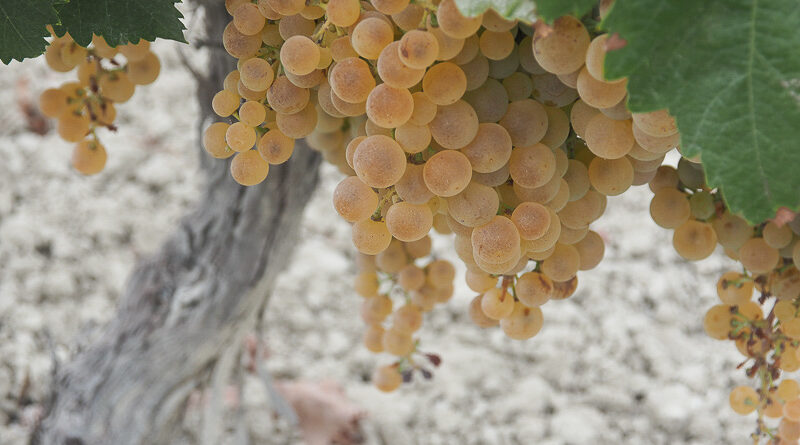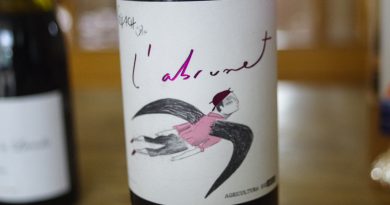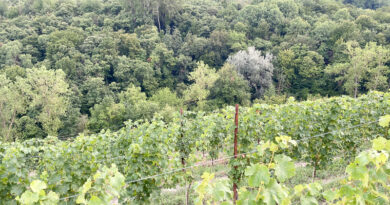Visiting Hidalgo La Gitana, one of the Sherry region’s leading producers
I arrived at Hidalgo La Gitana just as they were about to begin harvesting the 2022 vintage, and it was the earliest ever in the region. This was on August 10, and some producers in the area had begun on 29 July. There’s something special being in wine country at vintage time, and I spent a good deal of time wandering around their El Cuadrado pago looking at the beautifully clean, ripe Palomino grapes ready to be picked.
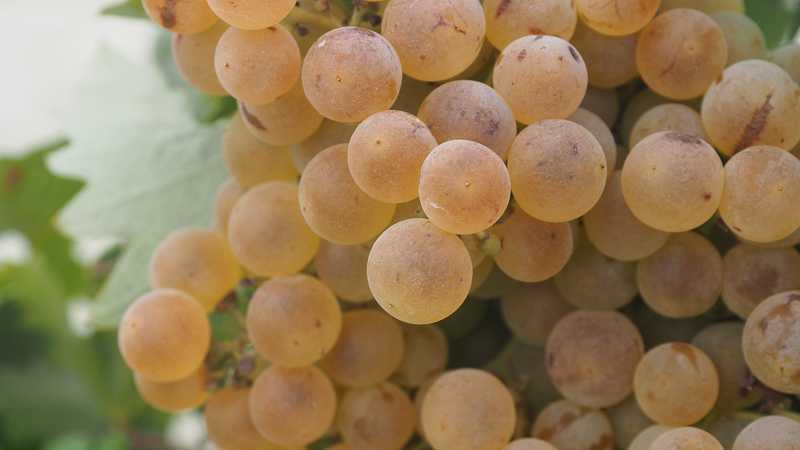
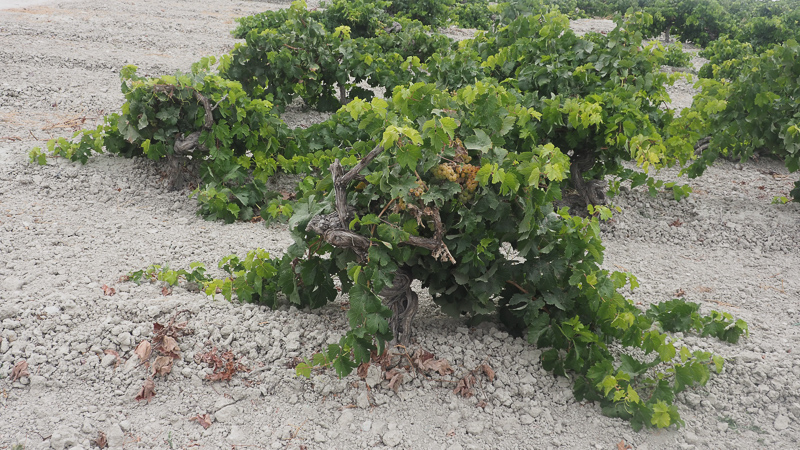
El Cuadrado is the jewel in the crown of Hidalgo La Gitana. It’s the highest part of Balbaina Alta, one of the great vineyards of Jerez. And this is where we need to make an important point: the grapes may be from Jerez, but Hidalgo’s cellar is in the coastal town of Sanlucar de Barrameda, so when they make a biologically aged wine it is Manzanilla. Peter Sisseck has recently bought the neighbouring vineyard to El Cuadrado, and although this is still Balbaina pago, it is over the border and is technically in El Puerto.
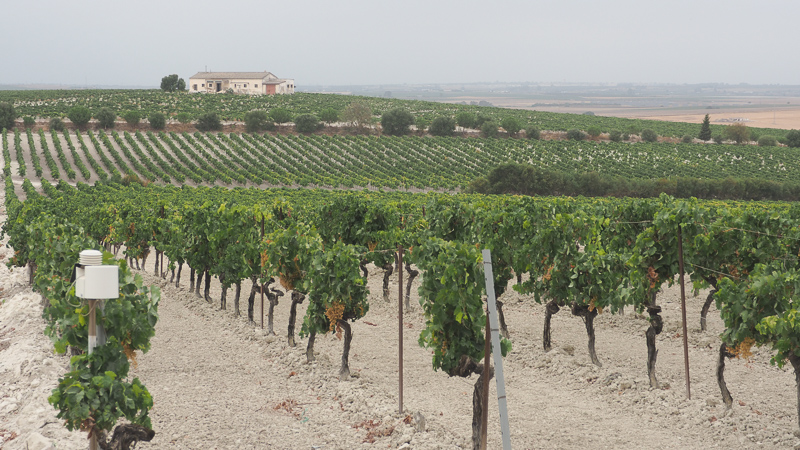
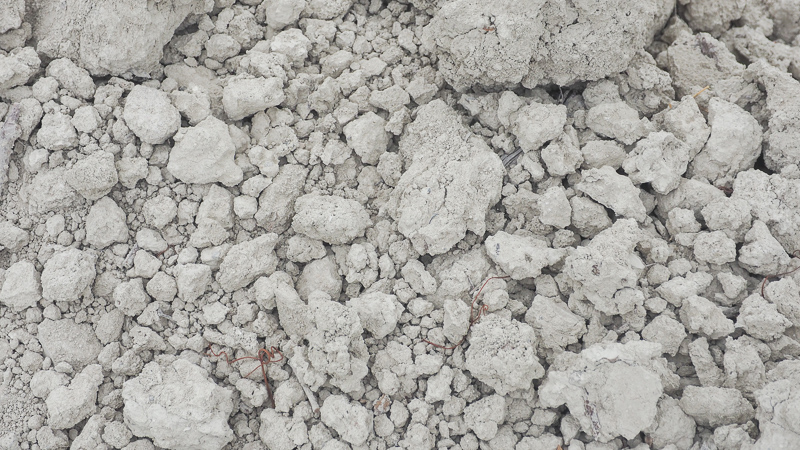
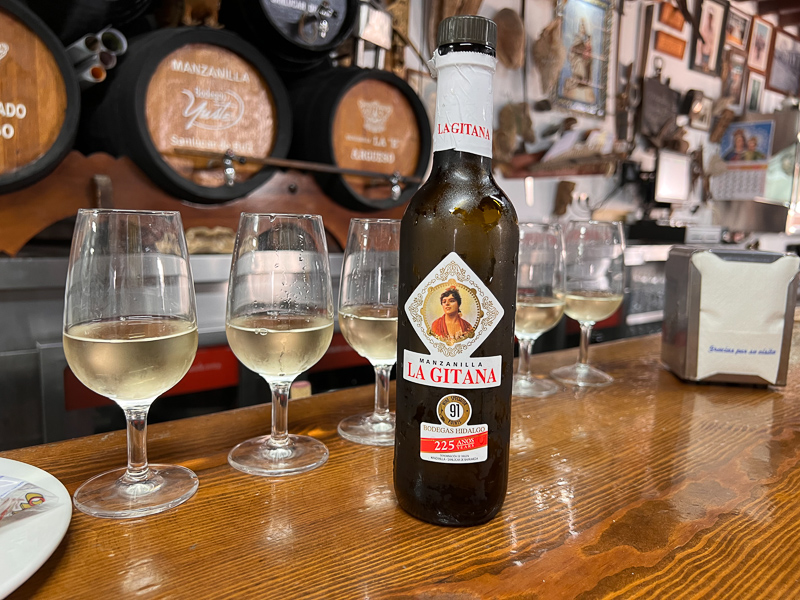
Hidalgo also make a bit of Fino, which they raise in the winery on Cuadrado. There’s one producer who has a cellar that is at the interface of Sanlucar, Jerez and El Puerto, so they can make all three in different bits of the winery.
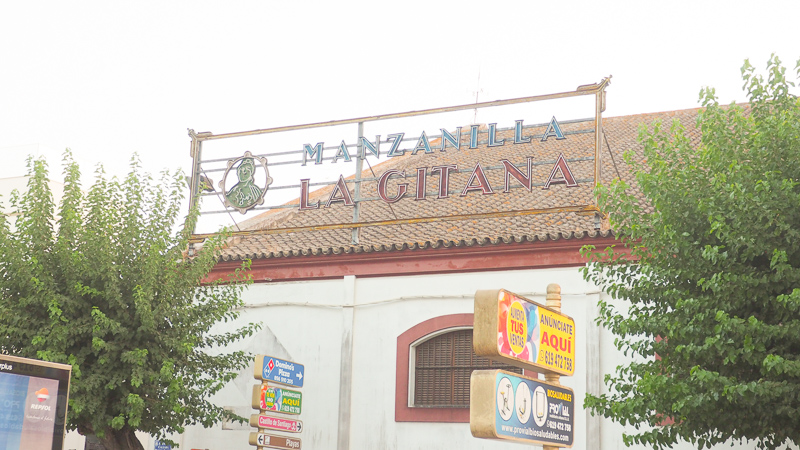
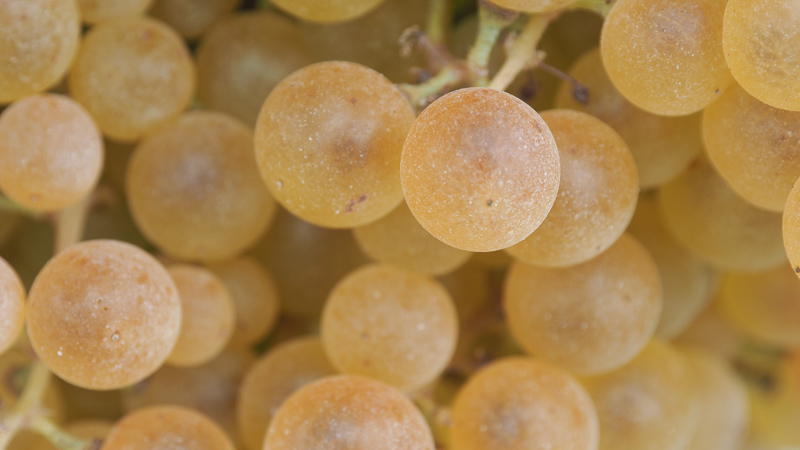
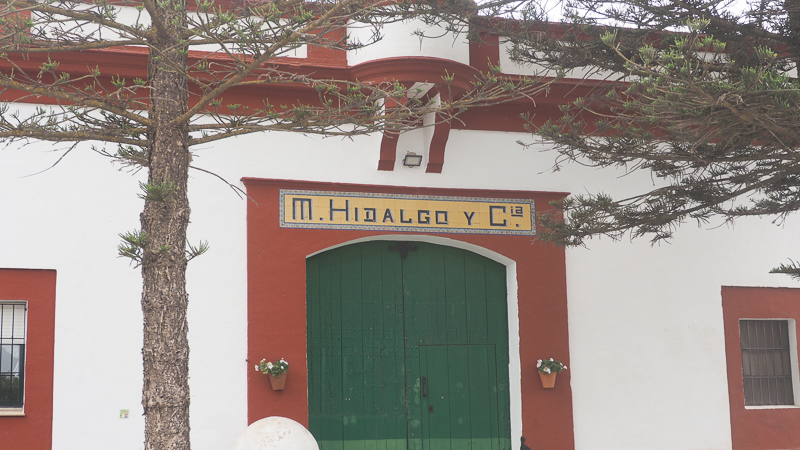
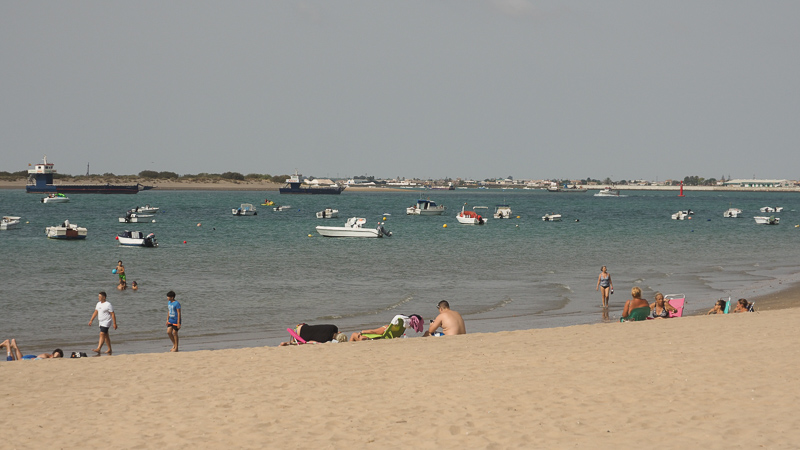
Sanlucar is a bustling town, built alongside the Guadalquivir River (on its left bank), where it meets the sea. The cellars here benefit from the sea breezes, with their humidity. This helps create cooler, more humid in the cellars located in town, conditions that encourage healthy growth of flor, which imparts the lovely tangy, briny, appley character to the Manzanillas made here. Sanlucar is the home of biologically aged sherries: they started here and then later they began making them in Jerez.
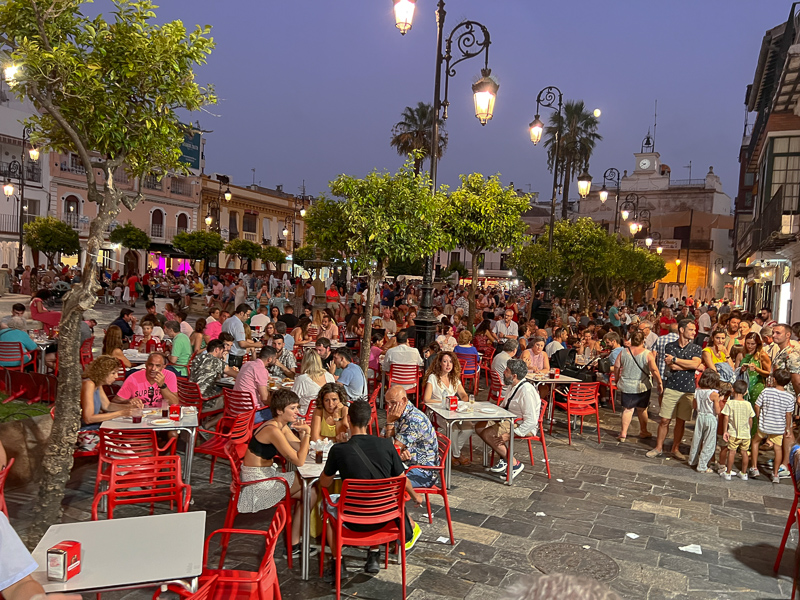
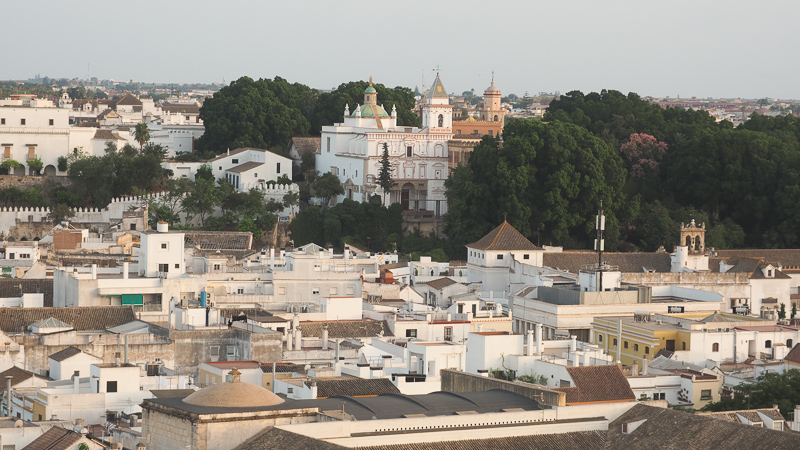
It’s a fun summer town, full of life and lots of restaurants and bars. The warm evenings see the centre of town packed until late. We also caught the famous Sanlucar races while we were there – held in the second and fourth weeks of August, they involve horses running along the beach, with the shore packed with viewers.
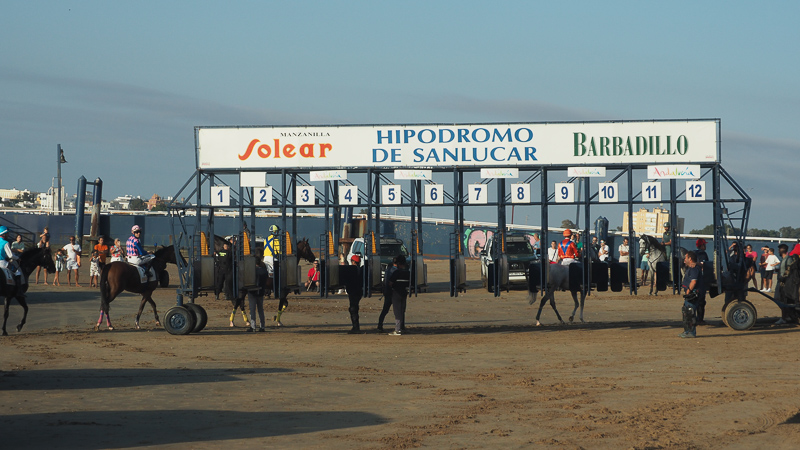
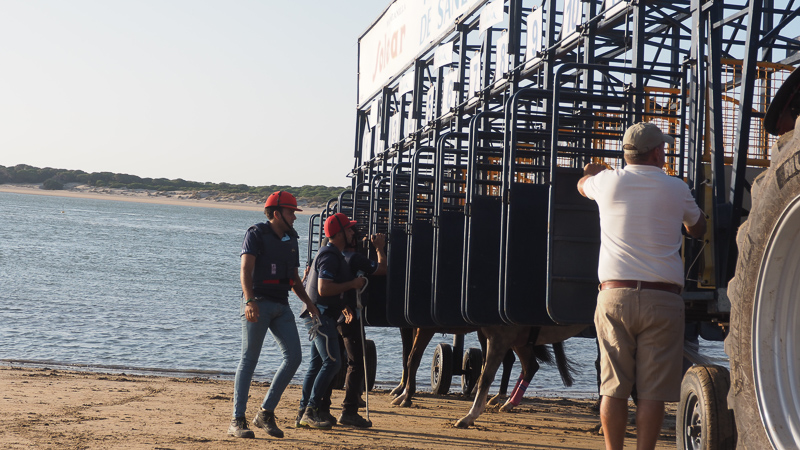
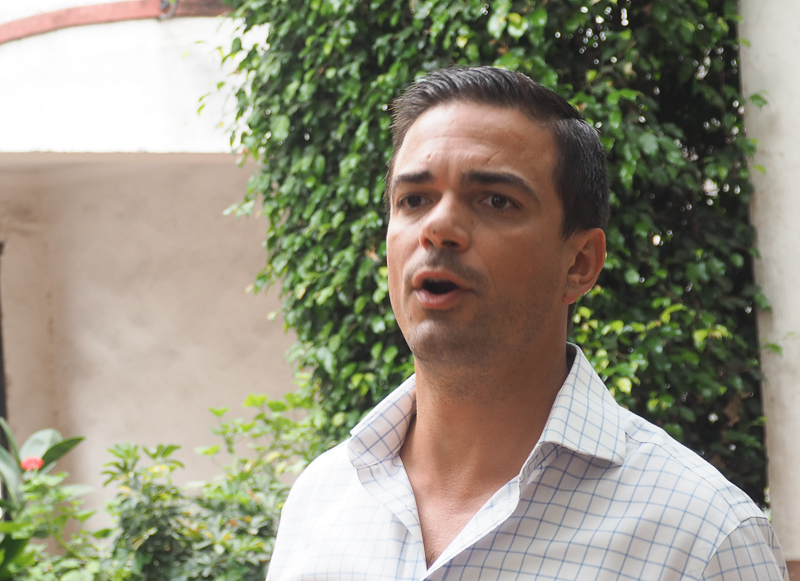
We visited with the energetic Fermin Hidalgo, who is acting as general manager this family business. He’s the youngest of six children and represents the eighth generation of the family. His brother Antonio is the boss, but he’s now living in the USA, whereas Fermin lives on the ground in Sanlucar.
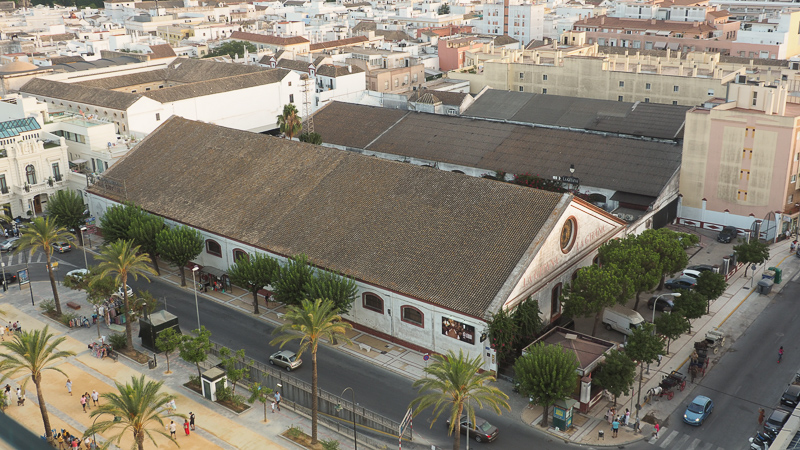
Over the course of a couple of days we got to see the vineyards, the winery and of course the various cellars in Sanlucar where the wine is raised. Hidalgo La Gitana have their own restaurant and bar, and here you can even get La Gitana on tap, although not by the pint. The pipework runs from the cellar to the restaurant, and it’s pretty cool. It is possible to drink quite a lot of La Gitana on a hot summer evening.
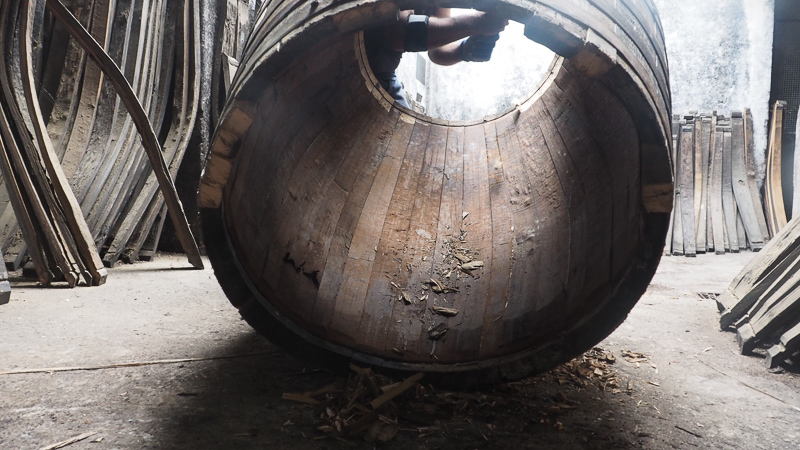
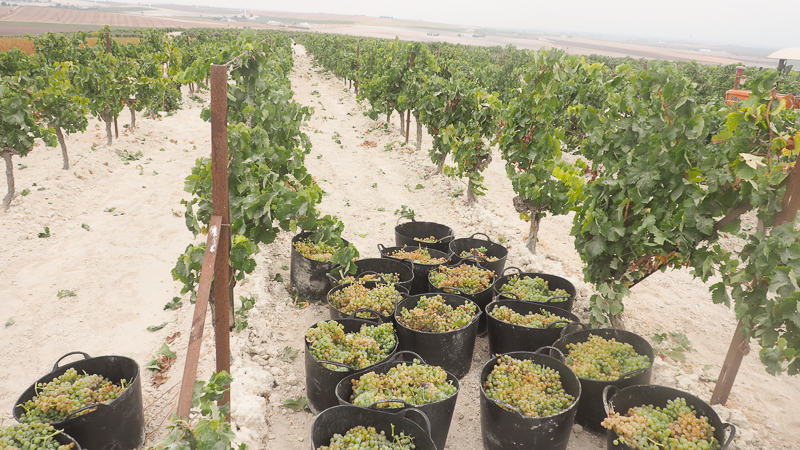
They have two vineyards that they own. El Cuadrado in Balbaina is 100 hectares, and there are another 20 hectares in Pastana, which is part of the Miraflores pago. ‘When you have vineyards that don’t give huge yields and are 30-40 years old they give you something that is not neutral,’ says Fermin. ‘For many years people have been focusing on the winery and not the vineyards, because not many wineries own vineyards.’ He thinks that old vine Palomino has the potential for making good dry white wines. The only ones he thinks the region should make are high-end table wines: ‘we don’t want to make regular table wines,’ he says.
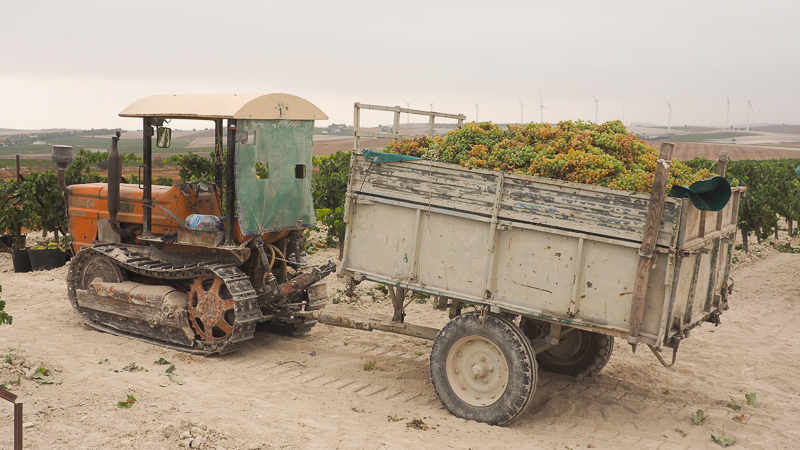
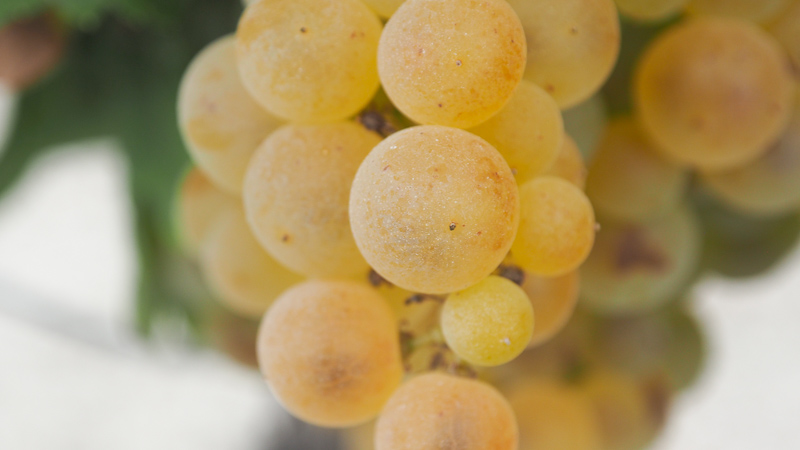
But the grape prices aren’t encouraging good viticulture: last year Palomino grapes sold for 50 cents a kilo (€500 a ton), and this year they are 70 cents.
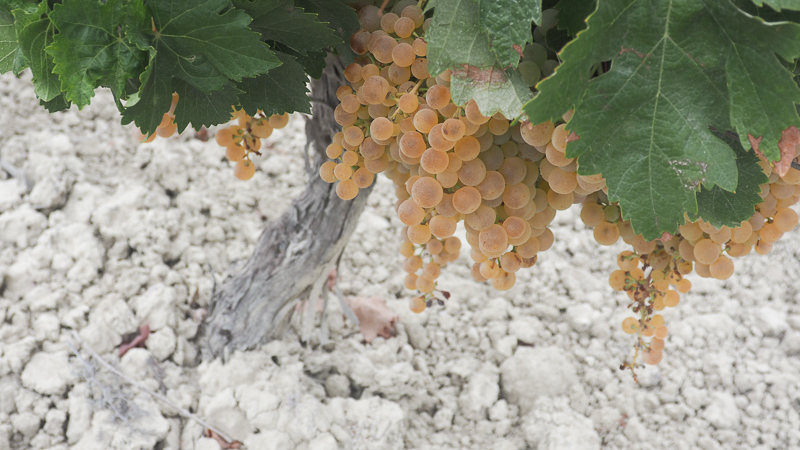
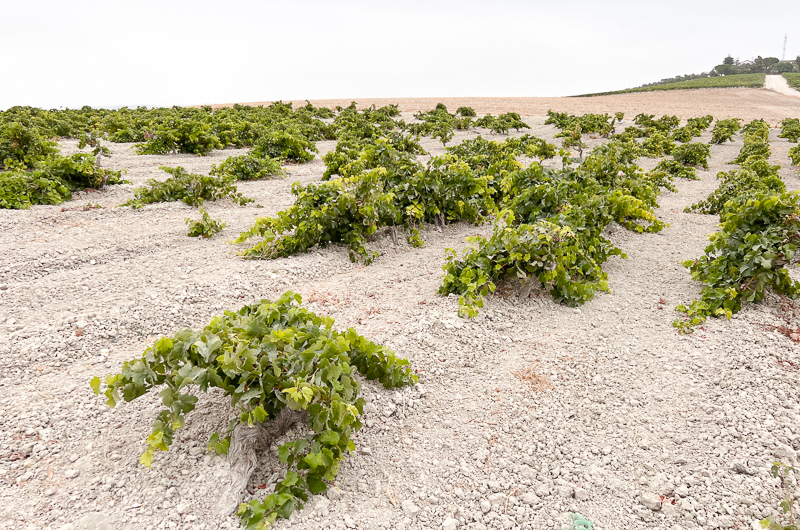
A few things I picked up on this trip which are worth sharing for Sherry geeks. The first is seeing the winemaking in progress, and in particular the pressing. This is done with continuous presses. This means that the harvested grapes are brought along and tipped into a hopper where they are transported to a crusher, stems and all, and mashed up before being taken into the press. The first juice that comes out is used to make fino and manzanilla – it’s more delicate and better suited to the biologically aged wines. Then the press gets going squeezing the mass of grapes and stems – these pressings are used to make the olorosos. For most modern presses, the pressing is done in batches, and then the press is cleaned out and the process starts again. These continuous presses squeeze the juice out and then the remaining soild mass comes out of the end, like toothpaste from a tube. If you look at the cake that is expelled from the end of the presses, most of the liquid has been removed from it.
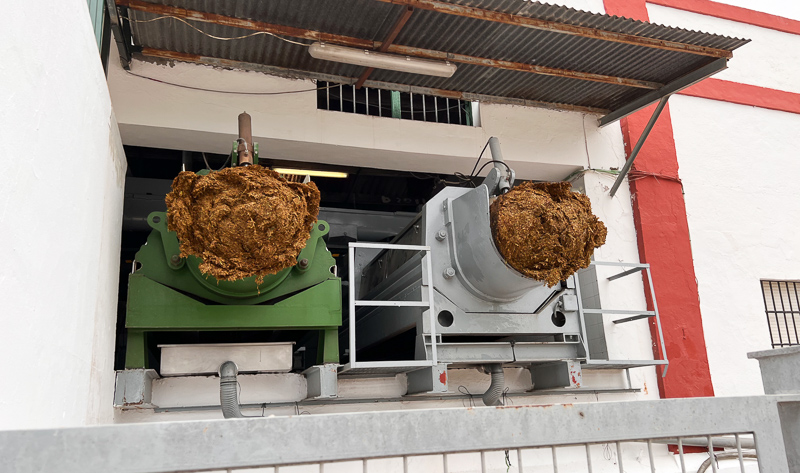
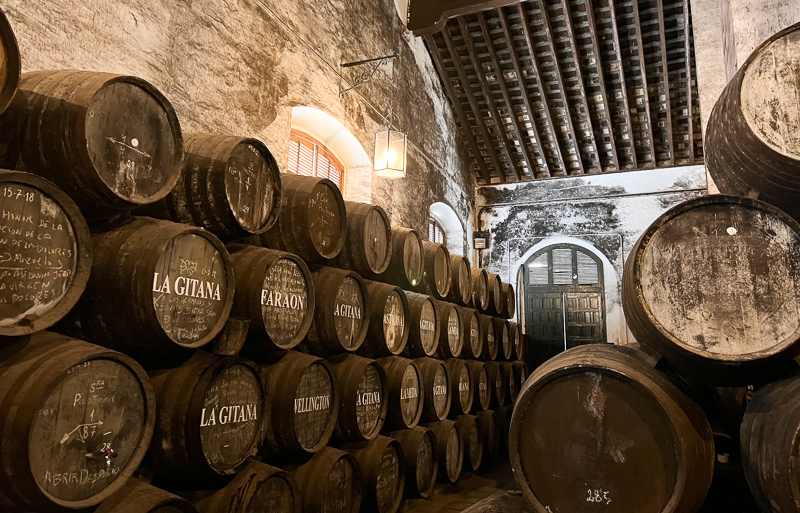
The other thing about Sherry that was impressed on me is Fermin’s assertion that the cellar is the second terroir of Sherry. The conditions in your cellar, and the way you manage the criadera, have a huge impact on the character of the wine. ‘We have a double terroir,’ says Fermin. ‘The classic terroir and the terroir of the winery. If we aged La Gitana in another winery, it wouldn’t be La Gitana.’
The casks are key to ageing Sherry, and typically they are 600 litres in size, but at the top there are often smaller casks of 490 litres, with slightly thinner staves that are called export casks. These are highly sought after, and there’s a good market for old sherry casks, which sell for €250-400 a pop. The legal maximum size is 1000 litres, and the casks must come from the region.
Hidalgo split their winery in two, left and right, which they label alpha and beta. The idea is to duplicate the criaderas on either side. They began implementing this system in the 1980s. Fermin Hidalgo explained that if you have just one solera, you take wines out every three months, so January, March, June and so on. Here they take from alpha in January, beta in March and so on, which means the casks are disturbed less often. They have five criaderas and then the solera for their Manzanilla.
A film of the visit:
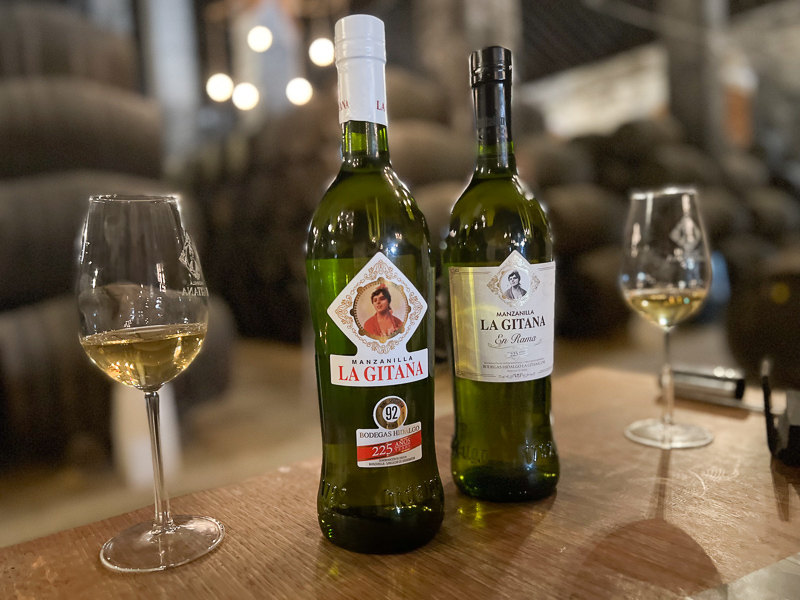
THE WINES
Hidalgo Manzanilla La Gitana NV Spain
15% alcohol. Fresh, linear and savoury with a salty edge to the tangy apple and citrus fruit. This has brightness and focus with subtle nutty hints and good acidity. Very stylish, finishing tangy and inviting a second sip. 92/100
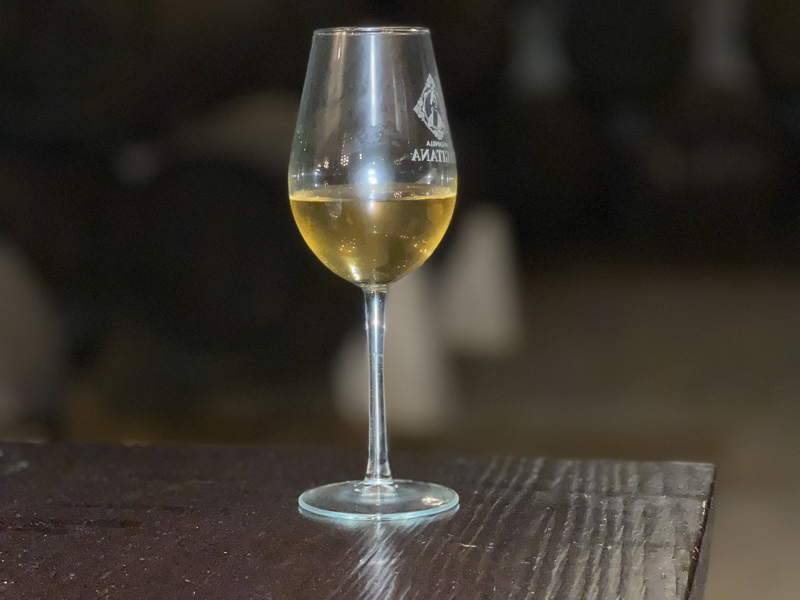
Hidalgo Manzanilla La Gitana En Rama (Spring 2022 release)
15% alcohol. Full yellow/gold in colour, this has a wonderfully complex nose with almonds, spice, ripe apple, honey and lemon, as well as some old wood notes. The palate has rich, spicy bass notes with some attractive cherry and lime brightness, and a thrilling salty, tangy flor-inspired complexity, as well as a hint of raisin and wood spice. Such a complex, multi-layered wine with an endless finish. 94/100
Hidalgo Manzanilla La Gitana En Rama NV (Spring 2021 bottling, tasted last year)
15% alcohol. This comes from the El Cuadrado vineyard in the Balbaina Alta pago. This is concentrated, tangy and fresh with layers of complexity: nuts, honey, spice and even some spice and tar, as well as tangy lemon and green apple notes. It has freshness and depth with a lovely saline, spicy finish. A beautiful Manzanilla with real focus. 94/100
Hidalgo La Gitana Manzanilla Pasada Pastana NV Spain
15% alcohol. From the Pastana vineyard, a sub-pago of Miraflores. Lovely aromatics here: tangy, nutty, appley flor notes with good concentration. Nice fine spicy characters as well as citrus fruit, with subtle raisin and tar notes, finishing long, complex and tapering. A lovely Sherry. 94/100
We also tried some of the unfortified table wines
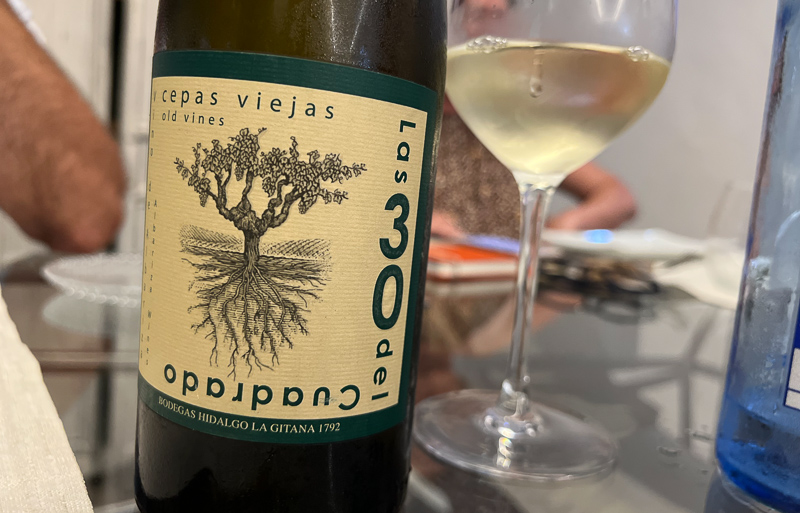
Las 30 del Cuadrado Cepas Viejas 2021 Spain
This is a still white from 70 year old vines in Balbaina. Fermented in Manzanilla casks and kept on fine lees for 8 months. 2015 was the first vintage of this wine. Fresh, linear and tangy with bright citrus and pear fruit as well as a slight saltiness. This has just a hint of flor character, showing nice precision and good acidity, with tangy brightness and a nice savoury twist. 94/100
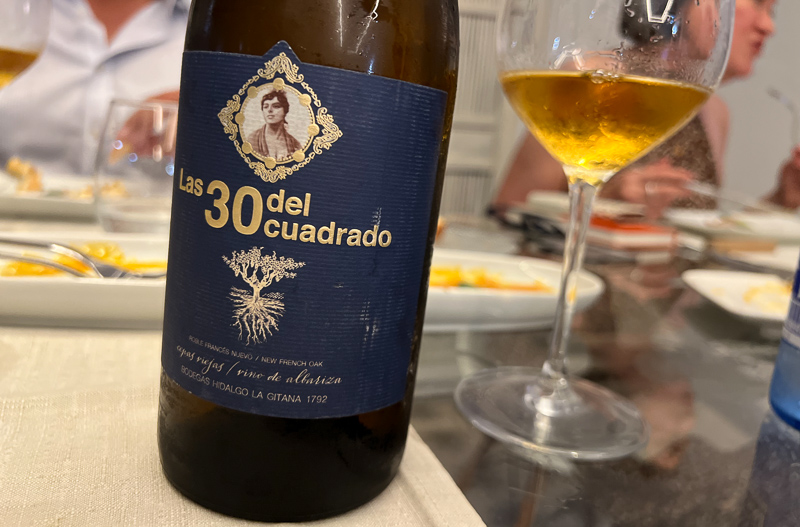
Las 30 del Cuadrado Cepas Viejas 2017 Spain
This was fermented and matured in new French oak, where it spent four years. Golden colour. Very spicy and bold with rich peach and nut and vanilla notes. Savoury and powerful with some rich, raisiny notes and lots of depth. 93/100
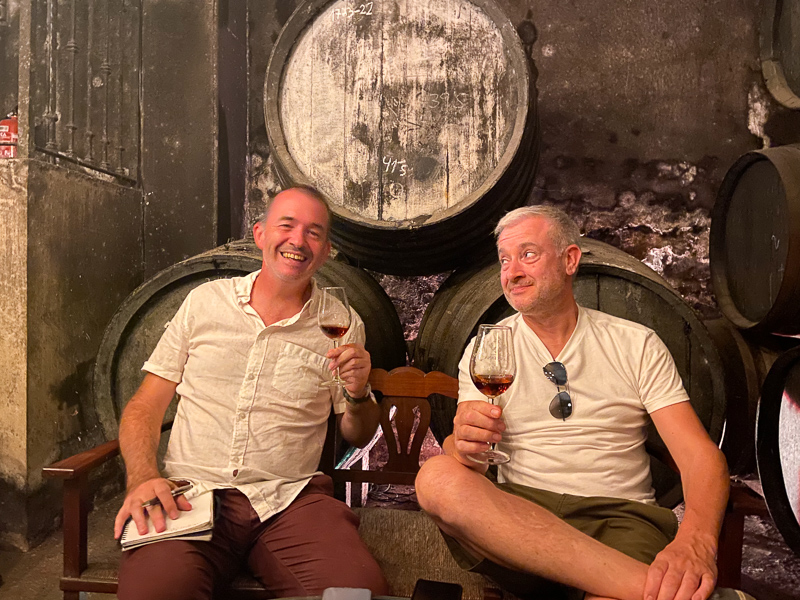
Vintage Unfortified Manzanilla La Gitana 2017 (from cask)
This is a new wine, and we tasted it from cask. It’s the first Manzanilla they have made without fortification, and it is made from old vines, with the wines matured in Manzanilla casks. They will bottle 3500 bottles in two tranches. To get the grapes to the required ripeness (15%, this is 15.3%) without fortification, they did some asoleo, and old technique that involves drying the grapes for a day or two on small mats. This is a remarkable wine that shows the mastery of good reduction: mineral, intense and very powerful with such lovely detail. Notes of wax, citrus, baked apple and a pronounced salinity. 96/100
Hidalgo La Gitana En Rama (from cask)
Mineral, spicy and tangy on the nose. Has fresh spicy, slightly oily characters on the palate, with some baked apple and lively citrus characters. Lots of intensity here, with a bright, tangy quality but also some depth. 93/100
Hidalgo La Gitana Manzanilla Pasada Pastana (from cask)
12 years old. This is one of the very few single-vineyard Manzanillas. Still has flor on it. Concentrated and intense with lovely depth, and bold notes of apple, spice and a hint of old furniture. Really fine and detailed with a salty edge. Refined and well balanced with a hint of cashew and salty almonds. 95/100
Hidalgo La Gitana 40 Years Old Amontillado (from cask)
This is the first criadera of the 30 year old Amontillado (Napoleon VORS). Powerful, spicy and nutty with intensity. Notes of old furniture and high acidity, showing nice depth and spicy intensity. Tangy and lively with amazing complexity. So vivid and vital. 96/100
Hidalgo La Gitana 50 Years Old Oloroso (from cask)
This goes into the Faraon 30 Year Old Oloroso VORS. Powerful notes of marmalade and old wood, as well as some spice. Quite dry with good acidity and some honey and nuts, as well as a twist of raisin. Powerful and intense with citrus skin and spice notes and epic complexity. Eternal finish. 96/100
Hidalgo La Gitana 70 Years Old Palo Cortado (from cask)
This goes into the Wellington 30 Year Old Palo Cortado VORS. Rich and intense with raisin, spice, nuts and tar. The palate is really intense with lovely tangy marmalade and spice notes. Powerful but mellow, and stony – with a bit of development. Fine spices, oranges peel. Very complex. 95/100
Hidalgo La Gitana Manzanilla en Rama Aniversario (from bottle)
15 years old. Complex, fine and mineral with subtle reduction. Very spicy with depth and hints of raisin, sweet pear, some apple and citrus. Fine spices showing, with real intensity and complexity. 95/100
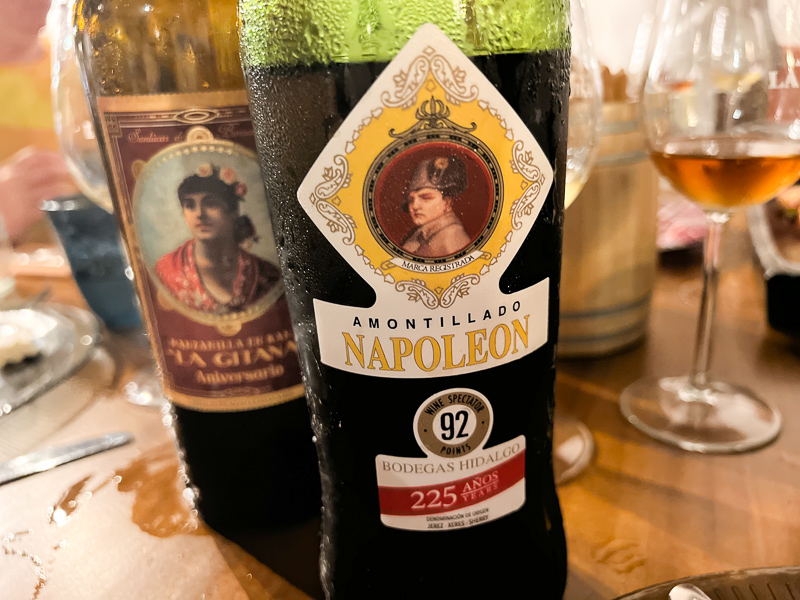
Hidalgo La Gitana Amontillado Napoleon
17.5% alcohol. This is around 12 years old. Tangy and nutty with a hint of raisin and some spiciness. The grapey richness has nice depth and even a hint of sweetness, even though this is a dry wine. Very expressive with some richness. 91/100
Hidalgo La Gitana Faraon Oloroso
18% alcohol. Rich, warm and spicy with some raisin and old wood character. There’s warmth here and some volume in the mouth, with a touch of perceived sweetness. 91/100
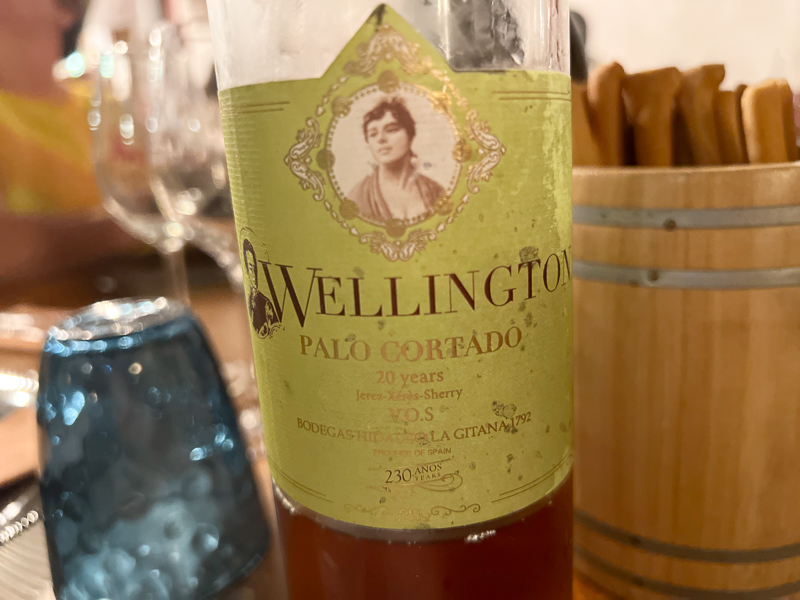
Hidalgo La Gitana Wellington 20 Years Palo Cortado VOR
Intense, fine and spicy with notes of raisin and orange peel. Has some tangy lemon. Very expressive with nuts and spices. Intense. 94/100
Find these wines with wine-searcher.com

